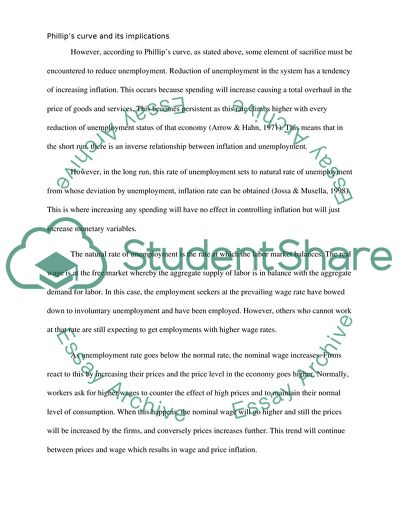Cite this document
(The Long run Phillips Curve (LRPC) Essay Example | Topics and Well Written Essays - 1750 words, n.d.)
The Long run Phillips Curve (LRPC) Essay Example | Topics and Well Written Essays - 1750 words. https://studentshare.org/macro-microeconomics/1798272-the-long-run-phillips-curve-lrpc
The Long run Phillips Curve (LRPC) Essay Example | Topics and Well Written Essays - 1750 words. https://studentshare.org/macro-microeconomics/1798272-the-long-run-phillips-curve-lrpc
(The Long Run Phillips Curve (LRPC) Essay Example | Topics and Well Written Essays - 1750 Words)
The Long Run Phillips Curve (LRPC) Essay Example | Topics and Well Written Essays - 1750 Words. https://studentshare.org/macro-microeconomics/1798272-the-long-run-phillips-curve-lrpc.
The Long Run Phillips Curve (LRPC) Essay Example | Topics and Well Written Essays - 1750 Words. https://studentshare.org/macro-microeconomics/1798272-the-long-run-phillips-curve-lrpc.
“The Long Run Phillips Curve (LRPC) Essay Example | Topics and Well Written Essays - 1750 Words”. https://studentshare.org/macro-microeconomics/1798272-the-long-run-phillips-curve-lrpc.


